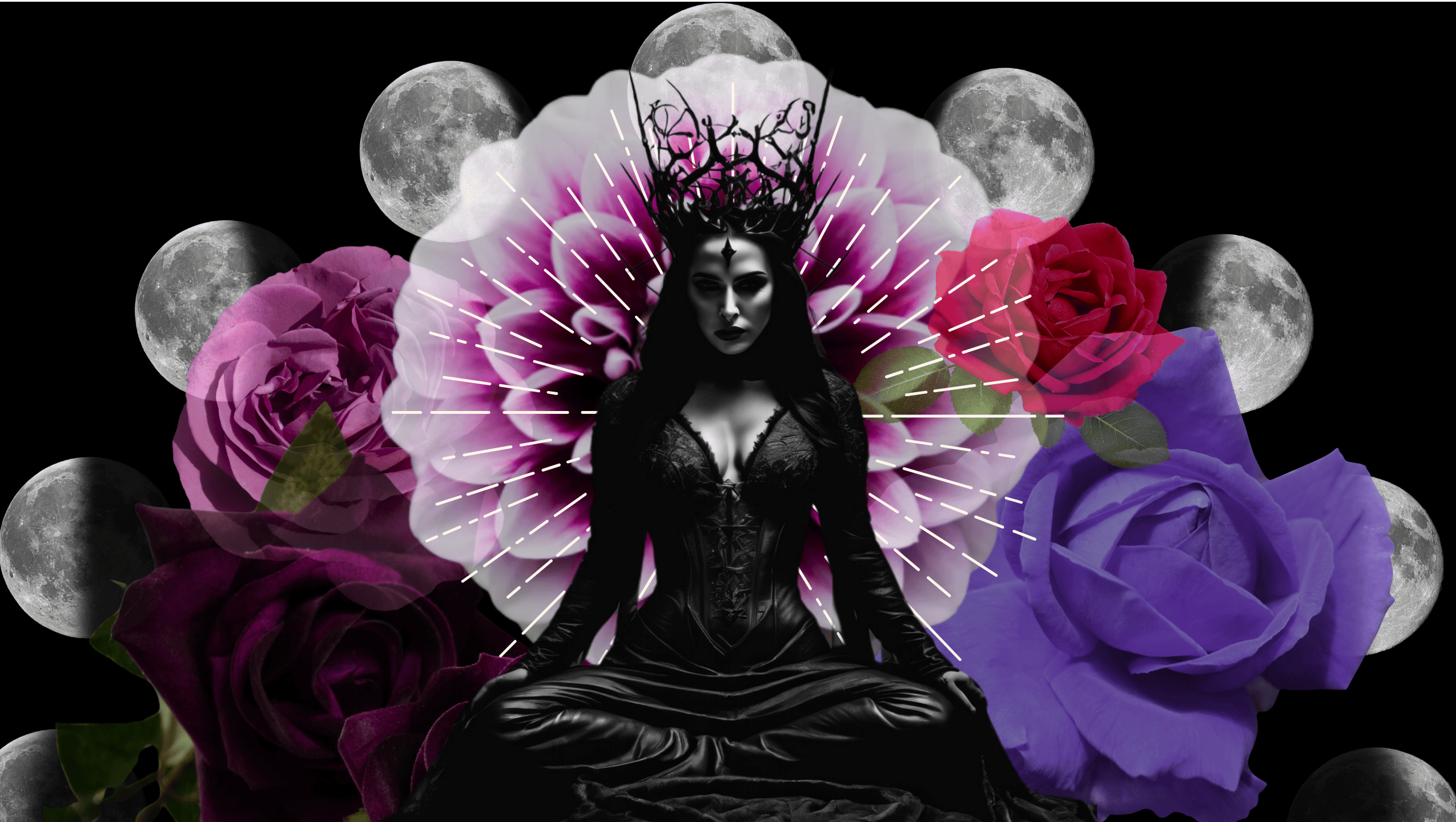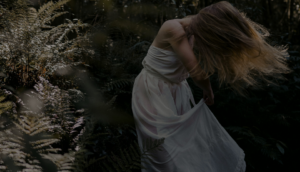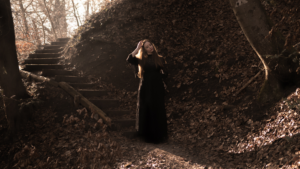The Goddess Path: Reclaiming Divine Feminine Power
The Dark Divine Feminine is a profound spiritual force that has been both revered and feared throughout history. It embodies aspects of feminine consciousness that challenge, transform, and liberate. Across cultures, dark goddesses wield their power in the underworld, through destruction and renewal, and in the raw, unfiltered aspects of existence. However, patriarchal structures have often sought to suppress these aspects, labeling them dangerous, demonic, or chaotic.
Yet, in today’s spiritual landscape, there is a resurgence of dark goddess worship as seekers recognize the necessity of both light and shadow in personal and collective transformation. In an age of rapid social change, ecological crisis, and spiritual awakening, the Dark Divine Feminine calls us to reclaim our sovereignty, embrace shadow work, and honor the mysteries of death and rebirth. This article explores the significance of the Dark Divine Feminine, its historical suppression, and its modern resurrection. We will dive into key dark goddess archetypes, explore how to work with this energy, and examine its role in contemporary empowerment and cultural transformation.
The Nature of the Dark Divine Feminine
The Dark Divine Feminine represents the aspects of divine feminine energy that have been historically suppressed. It encompasses transformation through destruction, wisdom gained from the shadows, and the wild, untamed force of feminine power. It is not merely the opposite of the light feminine; rather, it is the missing half that completes the wholeness of the sacred feminine.
The Dark Divine Feminine invites us into shadow integration, urging us to face our fears, wounds, and suppressed emotions to access our full power. She is the force of destruction and renewal, a reminder that clearing away illusions and old structures makes space for growth. She is also the embodiment of wild wisdom, resisting societal expectations and embracing instinctual knowing. Sacred rage and liberation are central to her teachings, as dark goddesses demonstrate the necessity of rage as a force for breaking oppressive systems. Many dark goddesses rule the underworld, symbolizing deep transformation, wisdom, and initiation.
Patriarchal systems have promoted a “lightwashed” feminine, emphasizing docility, beauty, and passivity while disregarding the full spectrum of feminine power. The Dark Divine Feminine disrupts this paradigm by emphasizing power over pleasing, sovereignty over subservience, raw emotion over forced positivity, and destruction as a sacred force rather than something to be feared or avoided.
Historical Suppression and Modern Resurrection
Throughout history, societies have systematically erased or demonized the Dark Divine Feminine, often through violent means. This suppression has left deep wounds in the collective psyche, yet today, we are witnessing a powerful resurgence of goddess spirituality.
For centuries, powerful women and those connected to the dark feminine were persecuted. The witch hunts and inquisitions sought to erase those who embodied dark feminine wisdom—healers, midwives, mystics—by labeling them as witches and burning them. Female sexuality, particularly when it was autonomous and uncontained, was demonized. Figures like Lilith, who refused to submit to patriarchal rule, were cast as dangerous seductresses. Religious reinterpretations of feminine deities often stripped them of their power, turning goddesses of death and transformation into symbols of evil.
Today, we see movements reclaiming this lost wisdom. Feminist spirituality is bringing back the power of the dark goddesses, recognizing their role in healing and empowerment. Shadow work and psychological healing techniques now emphasize the importance of integrating darkness rather than avoiding it. Rituals and devotional practices dedicated to the Dark Divine Feminine are reviving ancient traditions in contemporary ways, allowing seekers to connect with this powerful energy once more.
Dark Goddesses as Sacred Medicine
The Dark Divine Feminine is particularly powerful for modern healing, offering guidance through both personal and collective transformation. Dark goddess archetypes act as catalysts, pushing us beyond our comfort zones and guiding us through the depths of our psyche. In a world still shaped by power imbalances, inequality, and repression, the presence of the dark feminine is more important than ever.
On a personal level, working with dark goddess energy allows us to confront trauma, reclaim suppressed aspects of self, and embrace our full power. On a collective scale, these archetypes inspire movements for justice and liberation, challenging oppressive structures and advocating for radical transformation. By embracing the shadow feminine, we restore balance to a world that has been skewed towards suppression and control for too long.
Prominent Dark Goddesses and Their Domains
Throughout history, there have been mank Dark Goddesses, each offering unique wisdom and transformative power.
Kali, Goddess of Time, Death, Destruction and Trancendental Knowledge
Kali, from the Hindu tradition, is the goddess of destruction, transformation, and liberation. She teaches us that destruction is not inherently negative but is often necessary for growth. She slays illusion and liberates souls from fear, showing us the power of fearless surrender.
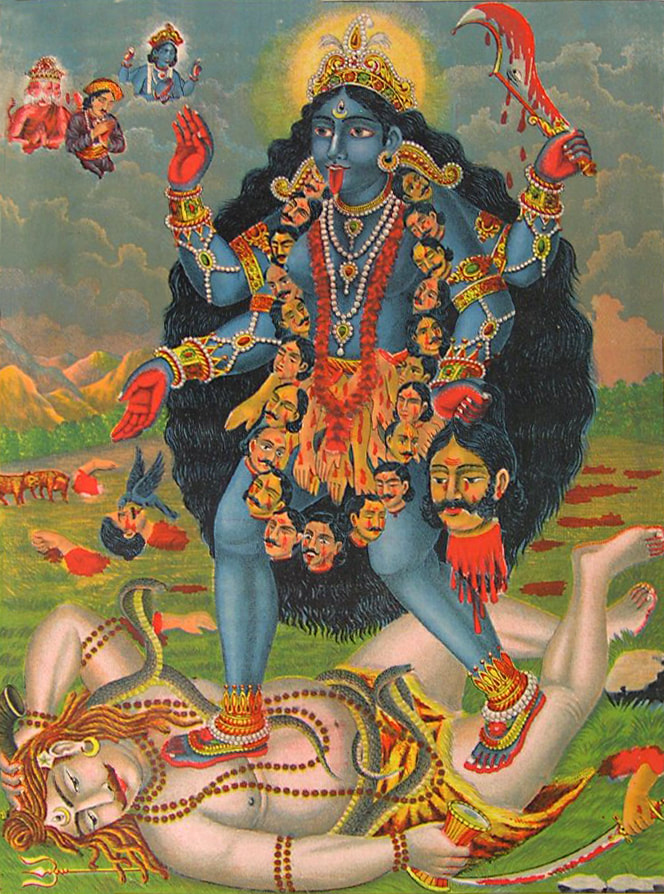
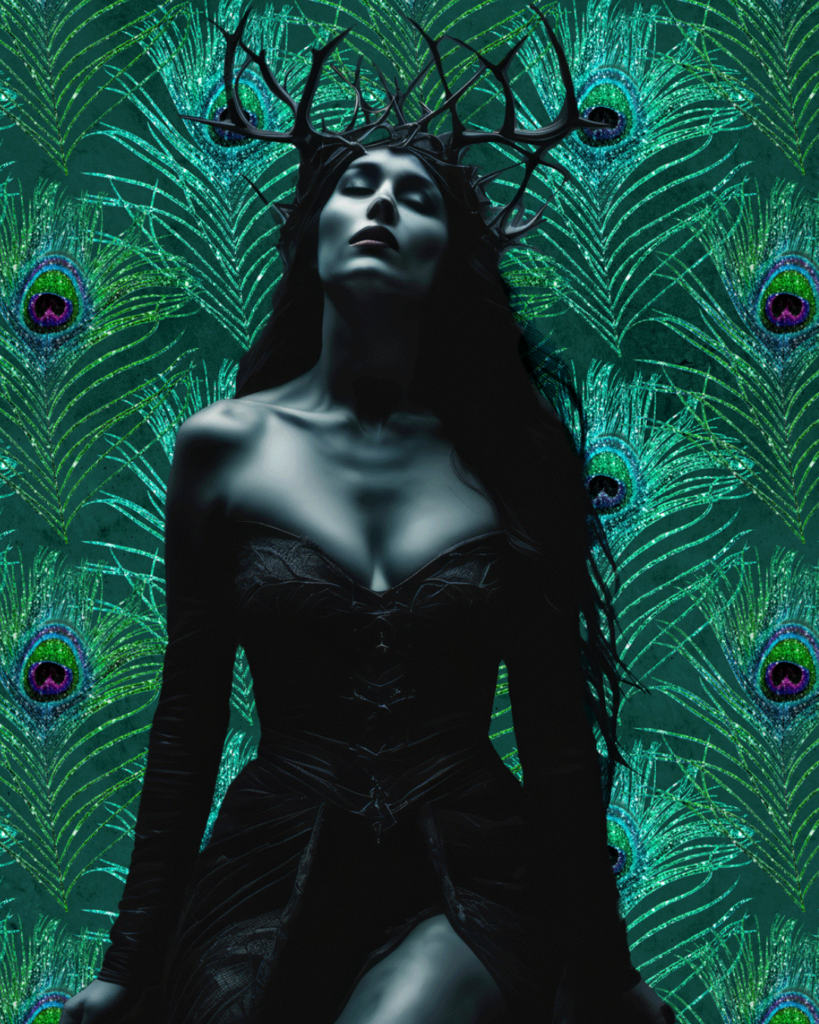
Lilith, Goddess of Darkness and Sacred Rebellion
Lilith, originating from Ancient Mesopotamia, and later on Abrahamic traditions, represents sexual autonomy, rebellion, and feminine power. She refused to submit to patriarchal authority, embodying the sacredness of self-sovereignty and unapologetic self-expression.
The Morrigan, Goddess of Prophesy, War and Sovereignty
The Morrigan, Irish Celtic mythology, is a goddess of sovereignty, death, and prophecy. She appears on battlefields and in moments of deep transformation, guiding warriors and seers alike. Her presence reminds us to claim our own power and stand firm in our truth.
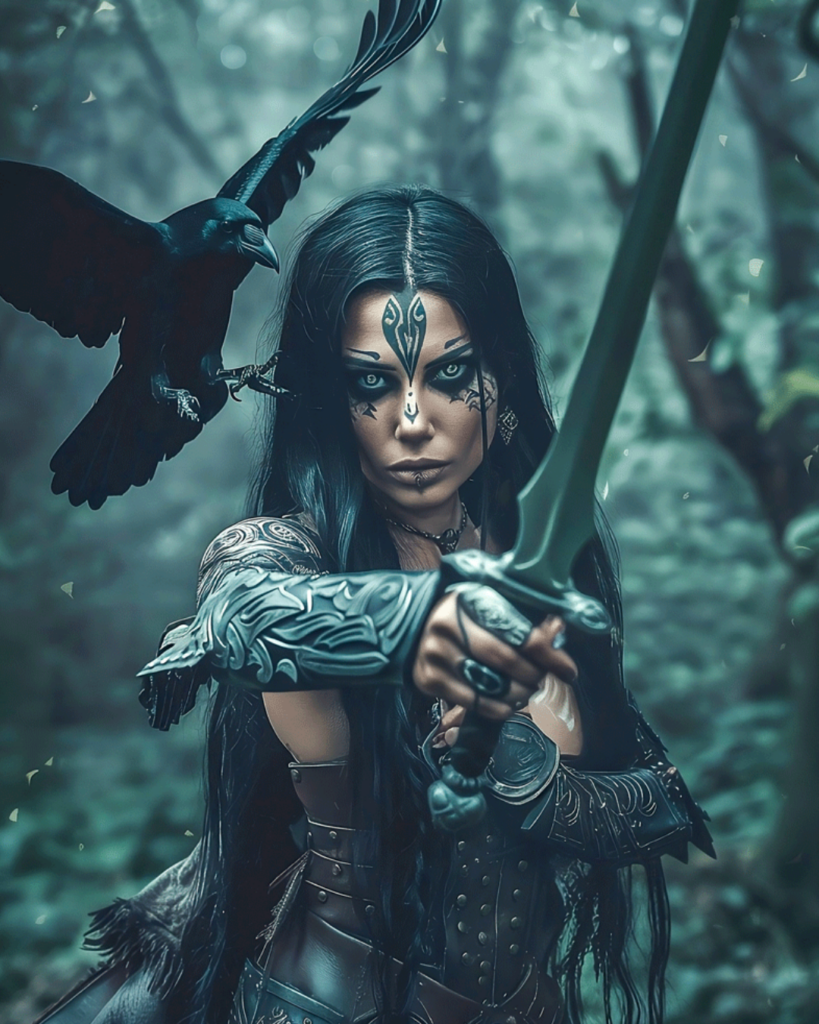
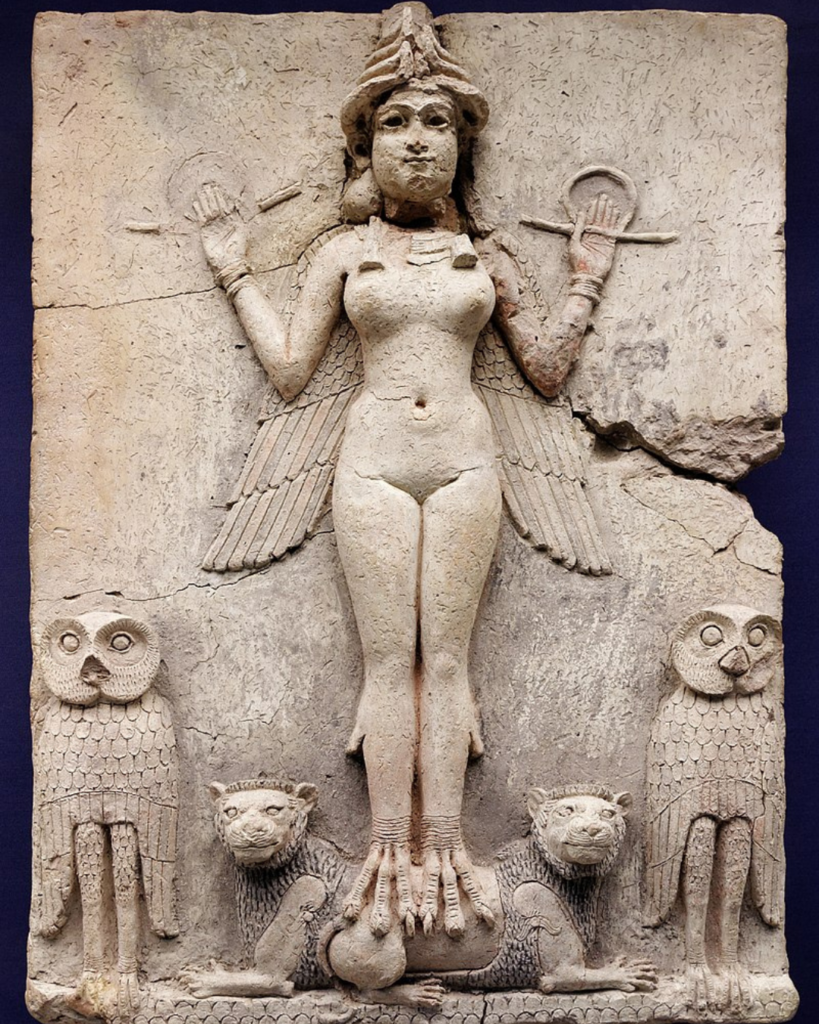
Ereshkigal, Goddess of the Underworld
Ereshkigal, from Ancient Mesopotamia, is the goddess of the underworld. She governs shadow work, justice, divine retribution, descent into the subconscious, and the wisdom found in darkness. She invites us to descend into the depths of our psyche, teaching that true power is found in embracing rather than fearing our inner darkness.
Working with Dark Feminine Energy
To work with the Dark Divine Feminine, there are various practices that can help forge a connection. Dark goddess meditation and Akashic Goddess Journey allows seekers to traverse the realms of these powerful deities and receive guidance. Shadow work rituals, such as journaling, ritual baths, and candle magic, support deep personal transformation. Ancestral healing is another powerful tool, as many dark goddesses are linked to the wisdom of our ancestors and can help us reclaim lost power.
Misconceptions often arise around working with dark feminine energy. Many assume that darkness equates to evil or “bad”, but in reality, the Dark Divine Feminine is about wholeness, not negativity. Some fear that dark goddess work is dangerous, but when approached with respect, it is one of the most healing paths available. It is also a common misconception that this work is only for women; in truth, the Dark Divine Feminine is an archetype accessible to all, regardless of gender.
The Nightshade Sanctum’s Approach
At the Nightshade Sanctum, we are dedicated to restoring and empowering the Dark Divine Feminine. Our work involves guiding seekers through dark goddess initiation, providing courses in shadow alchemy and divine feminine awakening, and reclaiming suppressed aspects of the goddess for both personal and collective healing. By honoring the sacred feminine in its fullness, we contribute to the evolution of consciousness and the restoration of divine balance.
Modern Applications and Relevance
The wisdom of the Dark Divine Feminine extends beyond individual transformation and into broader societal change. It empowers individuals to release shame and embrace self-sovereignty, deepens intuition, and fosters resilience. Social justice movements benefit from its influence, as the dark feminine is a force for dismantling oppressive systems. It also reminds us of our connection to the earth, urging us to respect nature’s cycles and fight for environmental restoration.
Conclusion
The Dark Divine Feminine is a force of profound transformation, liberation, and healing. By reclaiming her wisdom, we restore balance to the divine feminine and awaken to our full power. Now is the time to embrace her energy, honor her presence, and walk the path of the dark goddess with courage and reverence. Are you ready to explore the mysteries of the Dark Divine Feminine? Join us at the Nightshade Sanctum and step into your sovereignty.
Bibliography
Baring, A., & Cashford, J. (1991). The myth of the goddess: Evolution of an image. Penguin Books.
Christ, C. P. (1997). Rebirth of the goddess: Finding meaning in feminist spirituality. Routledge.
Eller, C. (1995). Living in the lap of the goddess: The feminist spirituality movement in America. Beacon Press.
Gimbutas, M. (1989). The language of the goddess. Harper & Row.
Neumann, E. (1955). The great mother: An analysis of the archetype. Princeton University Press.
Perera, S. B. (1981). Descent to the goddess: A way of initiation for women. Inner City Books.
Ruether, R. R. (2005). Goddesses and the divine feminine: A Western religious history. University of California Press.
Spretnak, C. (1978). Lost goddesses of early Greece: A collection of pre-Hellenic myths. Beacon Press.
Starhawk. (1979). The spiral dance: A rebirth of the ancient religion of the great goddess. Harper & Row.
Woodman, M. (1985). The pregnant virgin: A process of psychological transformation. Inner City Books.

